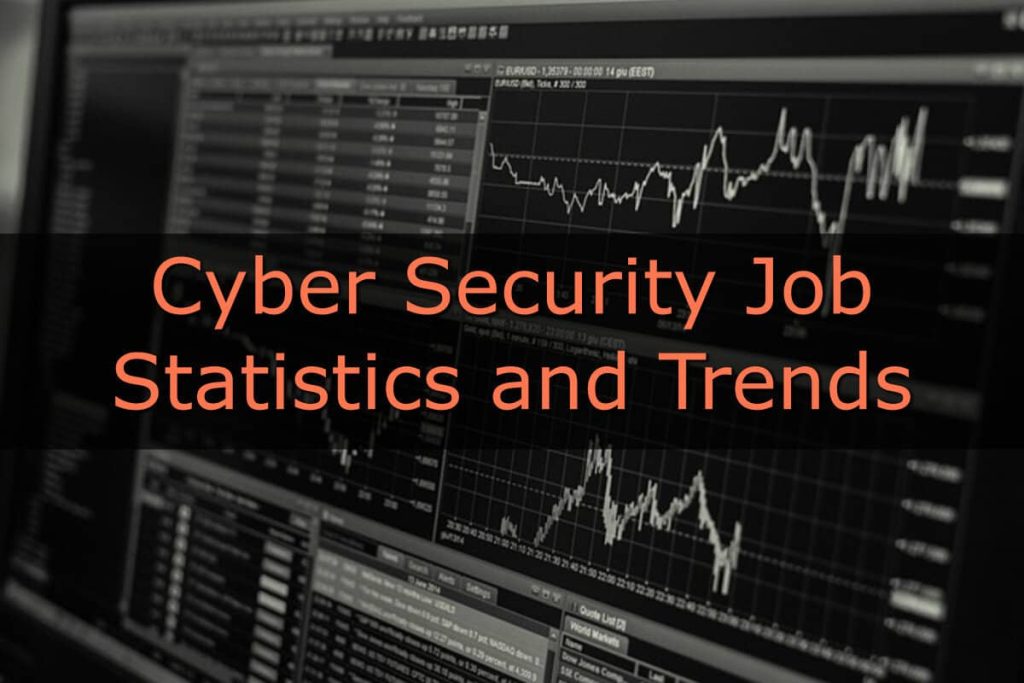Navigating a cybersecurity career can be as intricate as the networks you protect.
With rapid industry growth and continuous change, it’s vital to assess your professional development effectively.
Key Performance Indicators (KPIs) are quantifiable metrics that measure your efficiency, effectiveness, and advancement in various cybersecurity facets.
Understanding and tracking relevant cybersecurity KPIs provides insight into your career trajectory, highlighting areas for improvement and informing professional development decisions.
1. Understanding KPI Fundamentals
In cybersecurity, KPIs could encompass the number of threats detected, incident response times, and the effectiveness of security training programs.
Selecting KPIs that align with your career aspirations and job-specific requirements is essential.
Regularly reviewing these indicators offers a clear view of your strengths and areas needing improvement, guiding your professional growth.
Choosing cybersecurity KPIs that are specific, measurable, achievable, relevant, and time-bound (SMART) ensures you can track and achieve your goals effectively.
Example: A cybersecurity KPI to improve threat detection time by 20% within three months is a good goal.
This involves analyzing current response processes, identifying bottlenecks, and implementing more efficient workflows or automated tools to meet the target.
Instead of listing a vague KPI like “improve threat detection,” use “increase detected threats by 20% over the next quarter.
” This specificity provides clear targets and helps others understand your efforts on achieving measurable results.
2. Incident Management Efficiency
Effective incident handling is vital in cybersecurity.
Cybersecurity KPIs for this area might include the average time to detect and respond to security incidents, the number of incidents successfully resolved, and outcomes from post-incident reviews.
These metrics help you understand how well you manage and mitigate threats, providing insights into the efficiency and effectiveness of your incident response strategy, which is essential for minimizing potential damage from security breaches.
Develop a robust incident response plan and regularly conduct drills to ensure readiness.
Use lessons learned from past incidents to improve future responses.
Employ automation tools such as a Security Information and Event Management (SIEM) system to streamline your incident detection and response processes, reducing average response times from hours to minutes.
Example: A cybersecurity team might aim to reduce their average incident response time from 4 hours to 2 hours within six months.
To achieve this, they could implement more efficient incident response protocols, invest in automated alert systems, and conduct regular response drills to improve team coordination.
3. Communication Proficiency
In cybersecurity, communication skills are as crucial as technical abilities.
KPIs could involve the clarity and timeliness of your reports to stakeholders, your contributions to team discussions, or the success rate of security awareness training you conduct.
By tracking these indicators, you can assess how effectively you share information and collaborate with others to maintain a secure environment.
Enhance your communication skills by practicing clear and concise reporting.
Use visual aids like charts and graphs to simplify complex data.
Regularly solicit feedback from peers and stakeholders to improve your communication strategies.
Engaging in regular team meetings and training sessions can also improve your ability to convey important information effectively.
Example: Set a cybersecurity KPI to achieve a 90% satisfaction rate on communication feedback from stakeholders.
This could involve improving the clarity of incident reports, using visual aids to explain complex issues, and ensuring timely updates during security incidents.
4. Ongoing Professional Development
Continuous learning is essential in the ever-evolving field of cybersecurity.
KPIs related to professional development might include the number of industry conferences attended, courses completed, or articles published in professional journals.
These indicators reflect your commitment to staying informed and contributing to the broader cybersecurity community, guiding you in setting goals for further education and specialization.
Set specific professional development goals each year, such as attending at least two conferences or completing a new certification.
Participate in industry forums and contribute to cybersecurity publications to share your expertise and stay connected with the community.
You can find the top 100 cybersecurity blogs to reach out and start writing for them to enhance your visibility and credibility in the field.
Example: A cybersecurity professional might aim to attend three major cybersecurity conferences, complete five online courses, and publish two articles in industry journals within a year.
These activities not only enhance their knowledge but also build their reputation in the field.
5. Leadership and Influence
For those in or aspiring to leadership roles in cybersecurity, measuring your impact on your team and organization is crucial.
Leadership-related cybersecurity KPIs could include team performance improvements, successful implementation of security policies, or mentorship outcomes.
These indicators help gauge your effectiveness as a leader, identifying areas to enhance your leadership skills to better support and guide your colleagues.
Focus on building a strong team culture by promoting collaboration and continuous learning.
Set clear goals for your team and provide regular feedback.
Invest in leadership training programs to develop your management skills and stay updated on best practices.
Leading projects or mentoring junior team members can also showcase your leadership abilities and contribute to your professional growth.
Example: A cybersecurity manager might set a KPI to improve team productivity by 20% within a year.
This could involve implementing regular training sessions, fostering a collaborative environment, and providing clear career development pathways for team members.
6. Additional Cybersecurity KPIs for Consideration
Cybersecurity KPIs are not just about numbers; they tell the story of your professional journey.
Consider incorporating both “leading” and “lagging” indicators.
Leading indicators, such as the percentage of staff trained on phishing, predict future success, while lagging indicators, like the number of breaches, reflect past performance.
Benchmarking your KPIs against industry standards or your past performance provides context and highlights trends in your development.
Example: Benchmark your incident response times against industry standards to identify areas for improvement.
If the industry average for incident response is 2 hours and your team takes 4 hours, set a goal to match or exceed the industry standard within a set timeframe.
Interested in using those cybersecurity KPIs to find a new cybersecurity job?
Conclusion
By thoughtfully embracing cybersecurity KPIs, you can effectively track your progress, identify areas for improvement, and achieve meaningful objectives in your cybersecurity career.
This structured approach ensures that you are continually advancing your skills and making significant contributions to your organization’s security posture.
Whether you are setting goals for incident response times, enhancing communication skills, or focusing on ongoing professional development, KPIs are essential tools for guiding your career growth and ensuring long-term success in the dynamic field of cybersecurity.
Interested in More?
Why Study Network Security?
The Most Important Cybersecurity Skill to Have!
How to Become an Incident Responder?
Top 10 Cybersecurity Jobs for Beginners to Skyrocket Your Career!
Mastering Your Cybersecurity Interview: Avoiding Common Pitfalls
Want To Be Information Security Director, Here You Go!


